Vivo is strategically broadening its high-end smartphone portfolio with the introduction of the X200 Ultra and the X200s, powerful new additions that build upon the already impressive foundation of the existing X200 and X200 Pro. These new devices don’t merely replace their predecessors; instead, they offer distinct specialisations, providing consumers with more nuanced choices within Vivo’s flagship ecosystem. The X200 Ultra sets its sights on dominating the mobile photography landscape with groundbreaking camera technology, including an optional lens attachment for extreme zoom, while the X200S prioritises a potent combination of flagship-level performance and exceptional battery longevity. Let’s delve into the intricate details of each model, highlighting their unique strengths and how they complement the existing X200 series.
vivo X200 Ultra
The vivo X200 Ultra unequivocally positions itself as the apex of mobile imaging within the expanded X200 series. More than just a smartphone with a great camera, the Ultra is engineered to be a professional-grade photographic tool, packing cutting-edge sensor technology, innovative lens design, and even an optional external zoom lens into a sleek mobile form factor. It aims to redefine the expectations of smartphone photography, offering capabilities that rival dedicated cameras in specific scenarios.
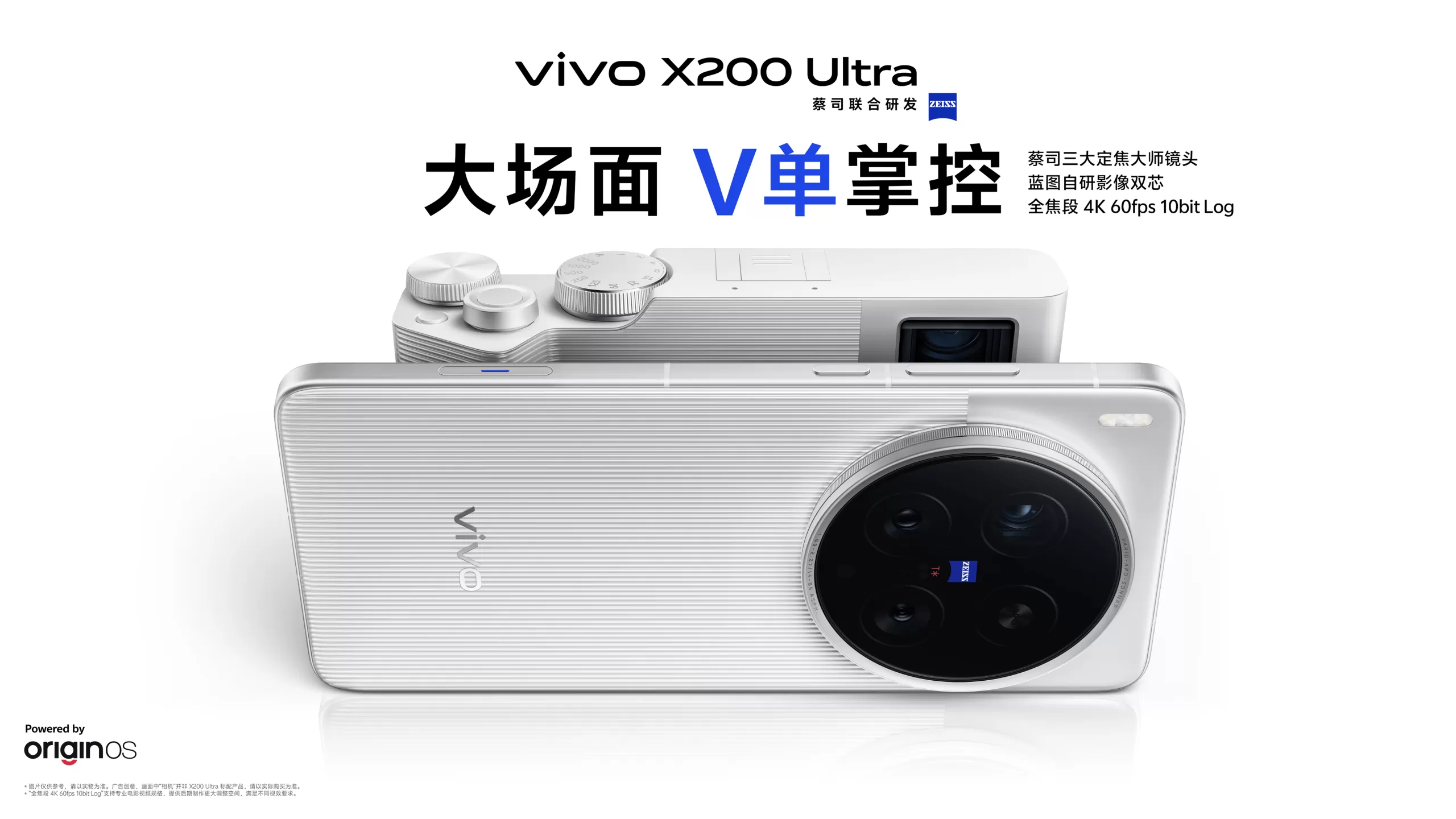 The visual experience on the X200 Ultra is nothing short of immersive, thanks to its expansive 6.82-inch QHD+ (1440 x 3200 pixels) LTPO AMOLED display. This represents a notable step up in resolution compared to the already sharp displays on the X200 and X200 Pro, translating to even finer detail and greater visual clarity. The adaptive 144Hz refresh rate ensures buttery-smooth scrolling and responsiveness, dynamically adjusting based on the content displayed to optimise power efficiency. With a peak brightness of an astounding 4500 nits, the Ultra promises exceptional legibility even under direct sunlight, a crucial feature for photographers and videographers working in various outdoor conditions.
The visual experience on the X200 Ultra is nothing short of immersive, thanks to its expansive 6.82-inch QHD+ (1440 x 3200 pixels) LTPO AMOLED display. This represents a notable step up in resolution compared to the already sharp displays on the X200 and X200 Pro, translating to even finer detail and greater visual clarity. The adaptive 144Hz refresh rate ensures buttery-smooth scrolling and responsiveness, dynamically adjusting based on the content displayed to optimise power efficiency. With a peak brightness of an astounding 4500 nits, the Ultra promises exceptional legibility even under direct sunlight, a crucial feature for photographers and videographers working in various outdoor conditions.
Under the hood, the X200 Ultra harnesses the raw power of the Snapdragon 8 Gen 3 “Extreme Edition.” This is not just a standard Snapdragon 8 Gen 3; the “Extreme Edition” suggests further optimisations and potentially higher clock speeds, offering a tangible performance advantage over the Dimensity 9400 found in the X200 Pro. This processing prowess ensures that the Ultra can handle demanding tasks such as 8K video recording, complex image processing, and graphically intensive gaming with remarkable fluidity. Paired with either 12GB or a substantial 16GB of the latest LPDDR5X RAM, multitasking is seamless, and app load times are minimised. Storage options are equally generous, utilising ultra-fast UFS 4.0 technology in capacities of 256GB, 512GB, and a massive 1TB, catering to users with extensive media libraries and demanding storage needs.
 The rear camera system is where the X200 Ultra truly distinguishes itself, representing a significant leap forward in mobile imaging. The primary 50MP wide-angle camera features Sony’s revolutionary 1-inch LYT-900 sensor. This large sensor size is a game-changer in mobile photography, allowing for significantly greater light capture, resulting in superior low-light performance, wider dynamic range with richer detail in highlights and shadows, and a shallower depth of field for more natural bokeh. This is a substantial upgrade over the already impressive main sensors found in the X200 and X200 Pro.
The rear camera system is where the X200 Ultra truly distinguishes itself, representing a significant leap forward in mobile imaging. The primary 50MP wide-angle camera features Sony’s revolutionary 1-inch LYT-900 sensor. This large sensor size is a game-changer in mobile photography, allowing for significantly greater light capture, resulting in superior low-light performance, wider dynamic range with richer detail in highlights and shadows, and a shallower depth of field for more natural bokeh. This is a substantial upgrade over the already impressive main sensors found in the X200 and X200 Pro.
Complementing this primary lens is a 50MP ultrawide lens with a 114-degree field of view, allowing for expansive landscape and group shots. However, the telephoto capabilities are where the Ultra truly breaks new ground. It boasts a groundbreaking 200MP periscope telephoto lens utilising the Samsung ISOCELL HP3 sensor. This lens offers an impressive 3.7x optical zoom, bringing distant subjects significantly closer with minimal loss of detail. Furthermore, it extends to an astounding 100x digital zoom, pushing the boundaries of mobile telephotography. This is a considerable advancement over the telephoto capabilities of the X200 Pro. Adding to this impressive array is a dedicated 50MP portrait telephoto lens featuring a professional-grade Zeiss APO floating lens with 2x optical zoom. This specialised lens is designed to deliver exceptional portrait shots with accurate subject isolation, pleasing bokeh, and minimal chromatic aberration, rivalling professional portrait lenses. The front-facing camera is a high-resolution 50MP sensor equipped with autofocus, ensuring crisp and detailed selfies and video calls. The Ultra also benefits from Vivo’s advanced V3+ imaging chip, further enhancing computational photography and video processing capabilities.
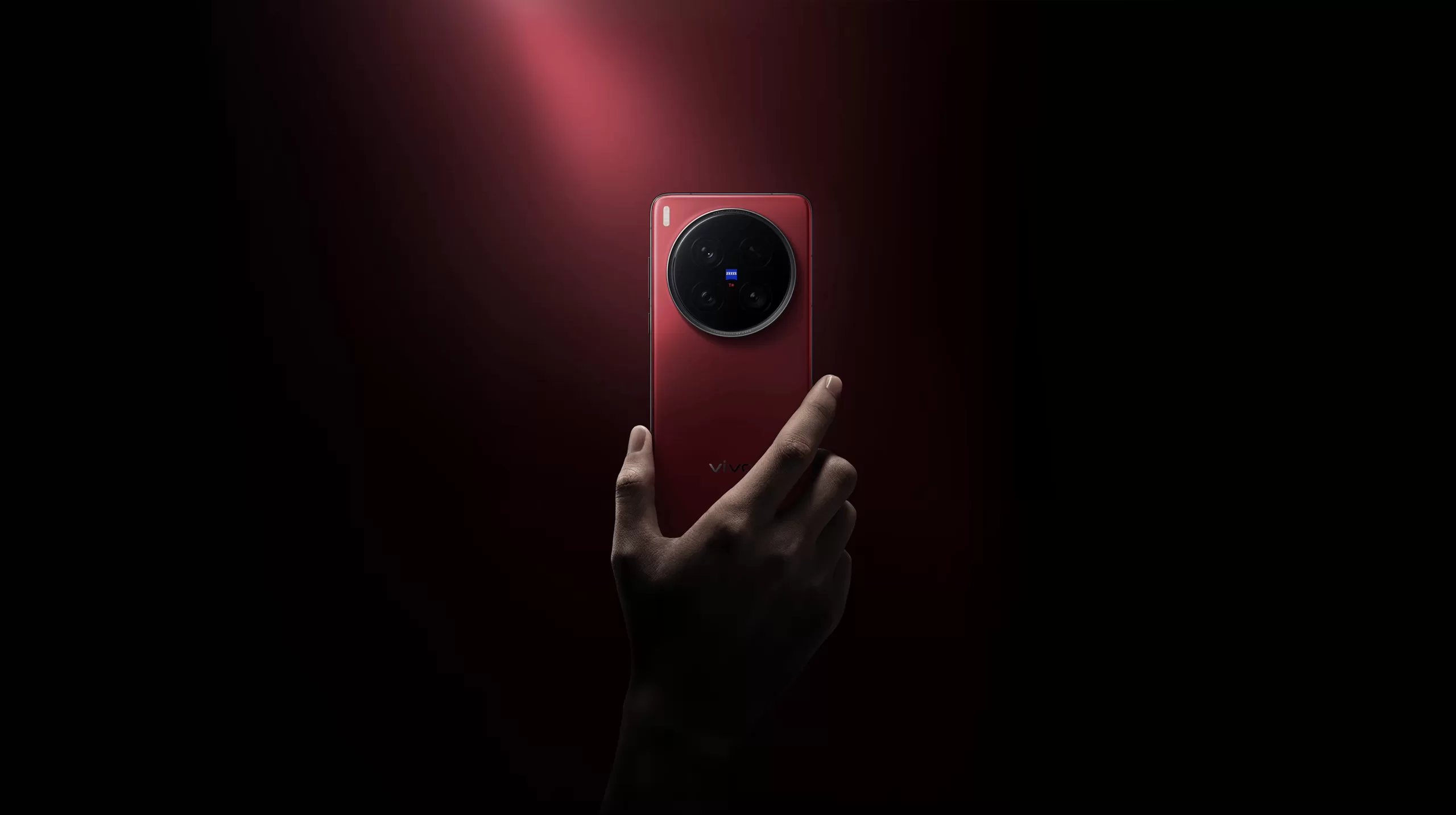 Adding another layer of photographic versatility, the vivo X200 Ultra features an optional lens attachment, co-engineered with Zeiss. This external lens magnetically attaches via a dedicated camera grip and sits over the 200MP periscope telephoto camera, effectively converting it into a native 8.7x (200mm equivalent focal length) zoom camera. This accessory provides an even greater reach for capturing distant subjects with enhanced clarity and detail, pushing the hybrid zoom capabilities up to 70x. Vivo claims that images taken with this optional lens are “highly usable” even at significant zoom levels, offering a unique advantage for mobile photographers seeking extreme telephoto capabilities. The optional Photographer Kit includes this lens, a camera grip with dedicated controls and an integrated 2300mAh battery, a shoulder strap, and a phone case.
Adding another layer of photographic versatility, the vivo X200 Ultra features an optional lens attachment, co-engineered with Zeiss. This external lens magnetically attaches via a dedicated camera grip and sits over the 200MP periscope telephoto camera, effectively converting it into a native 8.7x (200mm equivalent focal length) zoom camera. This accessory provides an even greater reach for capturing distant subjects with enhanced clarity and detail, pushing the hybrid zoom capabilities up to 70x. Vivo claims that images taken with this optional lens are “highly usable” even at significant zoom levels, offering a unique advantage for mobile photographers seeking extreme telephoto capabilities. The optional Photographer Kit includes this lens, a camera grip with dedicated controls and an integrated 2300mAh battery, a shoulder strap, and a phone case.
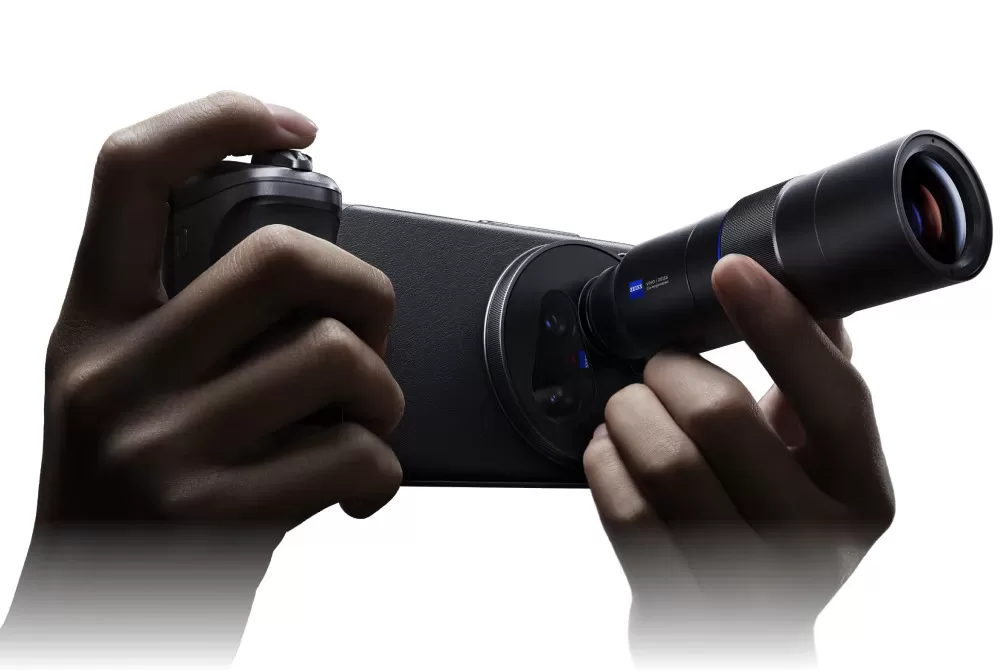 Powering this advanced hardware is a robust 5500mAh battery, providing ample power for a full day of intensive use. It supports blazing-fast 80W wired charging, allowing for quick top-ups, and also offers convenient 50W wireless charging. Connectivity options are future-proof, including the latest Wi-Fi 7 standard for high-speed wireless networking and Bluetooth 5.4 for efficient and reliable accessory connections, along with NFC for contactless payments and data transfer. The X200 Ultra runs on Vivo’s latest Funtouch OS 15, based on the Android 15 operating system, offering a refined user experience with a host of customisation options and features. Notably, the X200 Ultra boasts an impressive IP69 rating for dust and water resistance, offering a higher level of protection compared to the IP68 rating of the X200 Pro, providing users with greater peace of mind.
Powering this advanced hardware is a robust 5500mAh battery, providing ample power for a full day of intensive use. It supports blazing-fast 80W wired charging, allowing for quick top-ups, and also offers convenient 50W wireless charging. Connectivity options are future-proof, including the latest Wi-Fi 7 standard for high-speed wireless networking and Bluetooth 5.4 for efficient and reliable accessory connections, along with NFC for contactless payments and data transfer. The X200 Ultra runs on Vivo’s latest Funtouch OS 15, based on the Android 15 operating system, offering a refined user experience with a host of customisation options and features. Notably, the X200 Ultra boasts an impressive IP69 rating for dust and water resistance, offering a higher level of protection compared to the IP68 rating of the X200 Pro, providing users with greater peace of mind.
vivo X200s
The vivo X200s carves its own distinct identity within the expanded X200 series by prioritising a compelling synergy of flagship-level performance and exceptional battery longevity. While its camera system is undoubtedly capable, its core strength lies in providing a smooth and powerful user experience that can comfortably last through even the most demanding days.
The visual interface of the X200s is provided by a vibrant 6.67-inch AMOLED display with a crisp 1.5K resolution of 1260 x 2800 pixels. This aligns closely with the display size and resolution of the X200 Pro, offering excellent detail and vibrant colours. The smooth 144Hz refresh rate ensures fluid scrolling and responsiveness for an enjoyable user experience. The display also boasts an impressive peak brightness of 4500 nits, ensuring excellent visibility in various lighting conditions.
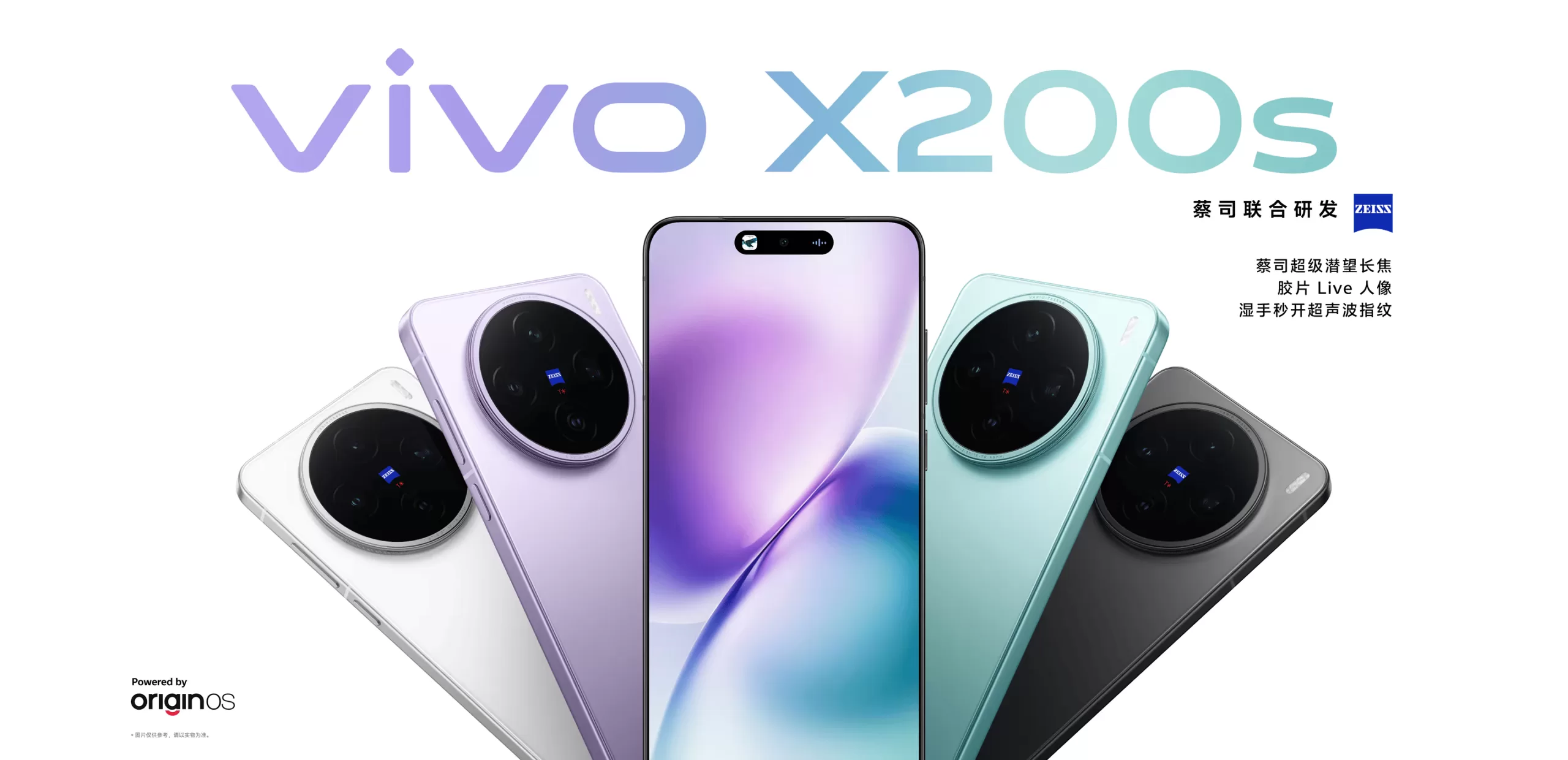 At its core, the X200s is powered by the MediaTek Dimensity 9400 chipset. This is the same flagship-level processor found in the X200 Pro, ensuring that the X200s delivers comparable high-end performance for demanding applications, multitasking, and gaming. This choice of chipset emphasises a focus on efficiency alongside raw power. The X200s is available in configurations ranging from 8GB to 16GB of LPDDR5X RAM, ensuring smooth multitasking and efficient memory management. Storage options utilise fast UFS 4.0 technology, with choices of 256GB, 512GB, and a 1TB option is also available for this model, catering to users with different storage requirements.
At its core, the X200s is powered by the MediaTek Dimensity 9400 chipset. This is the same flagship-level processor found in the X200 Pro, ensuring that the X200s delivers comparable high-end performance for demanding applications, multitasking, and gaming. This choice of chipset emphasises a focus on efficiency alongside raw power. The X200s is available in configurations ranging from 8GB to 16GB of LPDDR5X RAM, ensuring smooth multitasking and efficient memory management. Storage options utilise fast UFS 4.0 technology, with choices of 256GB, 512GB, and a 1TB option is also available for this model, catering to users with different storage requirements.
The rear camera system of the X200s is a highly capable triple-lens setup, designed to offer versatility across various shooting scenarios. The primary 50MP wide-angle lens features optical image stabilisation (OIS), ensuring sharp and steady shots, particularly in lower light conditions. Accompanying this is a 50MP ultrawide lens with a wide 119-degree field of view, perfect for capturing expansive landscapes and group photos. The telephoto lens is a 64MP sensor offering a useful 3x optical zoom, allowing users to get closer to their subjects without significant digital degradation. While not reaching the extreme zoom capabilities of the X200 Ultra, this represents a notable upgrade in optical zoom compared to the standard X200. The front-facing camera is a high-resolution 50MP sensor equipped with autofocus, ensuring sharp and clear selfies and video calls.
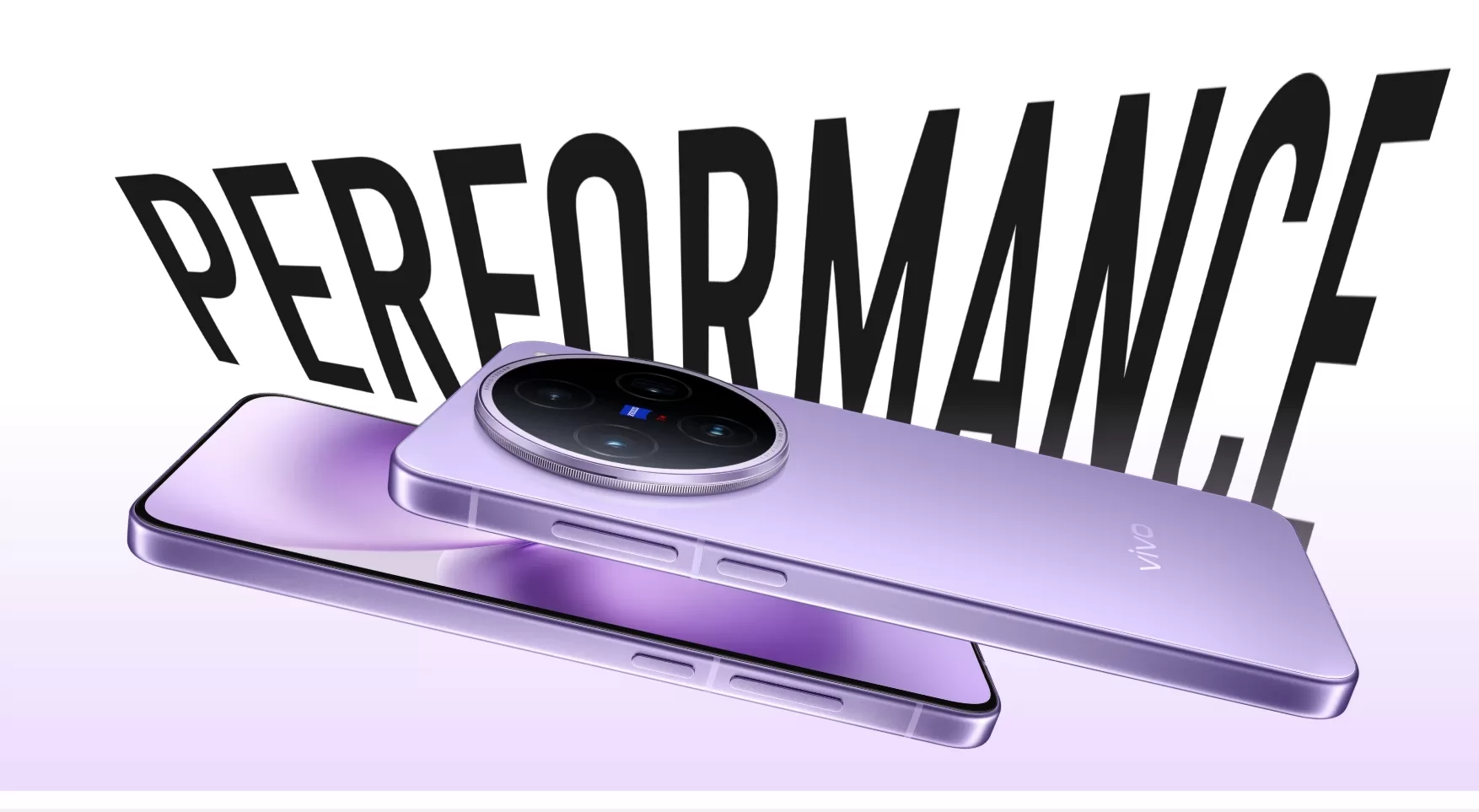 The true standout feature of the vivo X200s, however, is its massive 6000mAh battery. This is the largest battery capacity in the entire X200 series, promising exceptional battery life that can comfortably power users through even the most demanding days without needing to reach for a charger. This focus on endurance makes the X200s an appealing option for users who prioritise all-day battery life alongside flagship performance. The device supports 80W wired fast charging, allowing for rapid replenishment of the large battery when needed. Connectivity options are modern and comprehensive, including Wi-Fi 7 for high-speed wireless connectivity, Bluetooth 5.4 for reliable accessory pairing, and NFC for convenient contactless transactions. The X200s runs on Vivo’s intuitive Funtouch OS 15, based on the latest Android 15 operating system. For durability, the X200s features an IP68 rating for dust and water resistance, providing a solid level of protection against the elements.
The true standout feature of the vivo X200s, however, is its massive 6000mAh battery. This is the largest battery capacity in the entire X200 series, promising exceptional battery life that can comfortably power users through even the most demanding days without needing to reach for a charger. This focus on endurance makes the X200s an appealing option for users who prioritise all-day battery life alongside flagship performance. The device supports 80W wired fast charging, allowing for rapid replenishment of the large battery when needed. Connectivity options are modern and comprehensive, including Wi-Fi 7 for high-speed wireless connectivity, Bluetooth 5.4 for reliable accessory pairing, and NFC for convenient contactless transactions. The X200s runs on Vivo’s intuitive Funtouch OS 15, based on the latest Android 15 operating system. For durability, the X200s features an IP68 rating for dust and water resistance, providing a solid level of protection against the elements.
Pricing & Availability
Both the vivo X200 Ultra and X200s are currently on sale in China. Pricing details are as follows:
| Model | Variant | Price (CNY) | Price (RM) approx. |
| vivo X200 Ultra | 12GB + 256GB | CNY 6,499 | RM4,280 |
| 16GB + 512GB | CNY 7,299 | RM4,805 | |
| 16GB + 1TB | CNY 7,999 | RM5,265 | |
| Photographer Kit (16GB + 1TB + Accessories) | CNY 9,699 | RM6,385 | |
| vivo X200s | 8GB + 256GB | CNY 3,999 | RM2,630 |
| 12GB + 256GB | CNY 4,199 | RM2,760 | |
| 16GB + 256GB | CNY 4,399 | RM2,895 | |
| 12GB + 512GB | CNY 4,699 | RM3,090 | |
| 16GB + 512GB | CNY 4,999 | RM3,290 | |
| 16GB + 1TB | CNY 5,499 | RM3,615 |
Vivo has yet to comment on Global availability and pricing outside of China. Hopefully, we’ll see the X200s and X200 Ultra in international markets soon, including Malaysia. If past releases are any indication, these new flagship contenders, including the potentially unique lens attachment for the Ultra, are expected to make their way to international markets shortly, offering local consumers an even more diverse and compelling range of high-performance smartphone options.
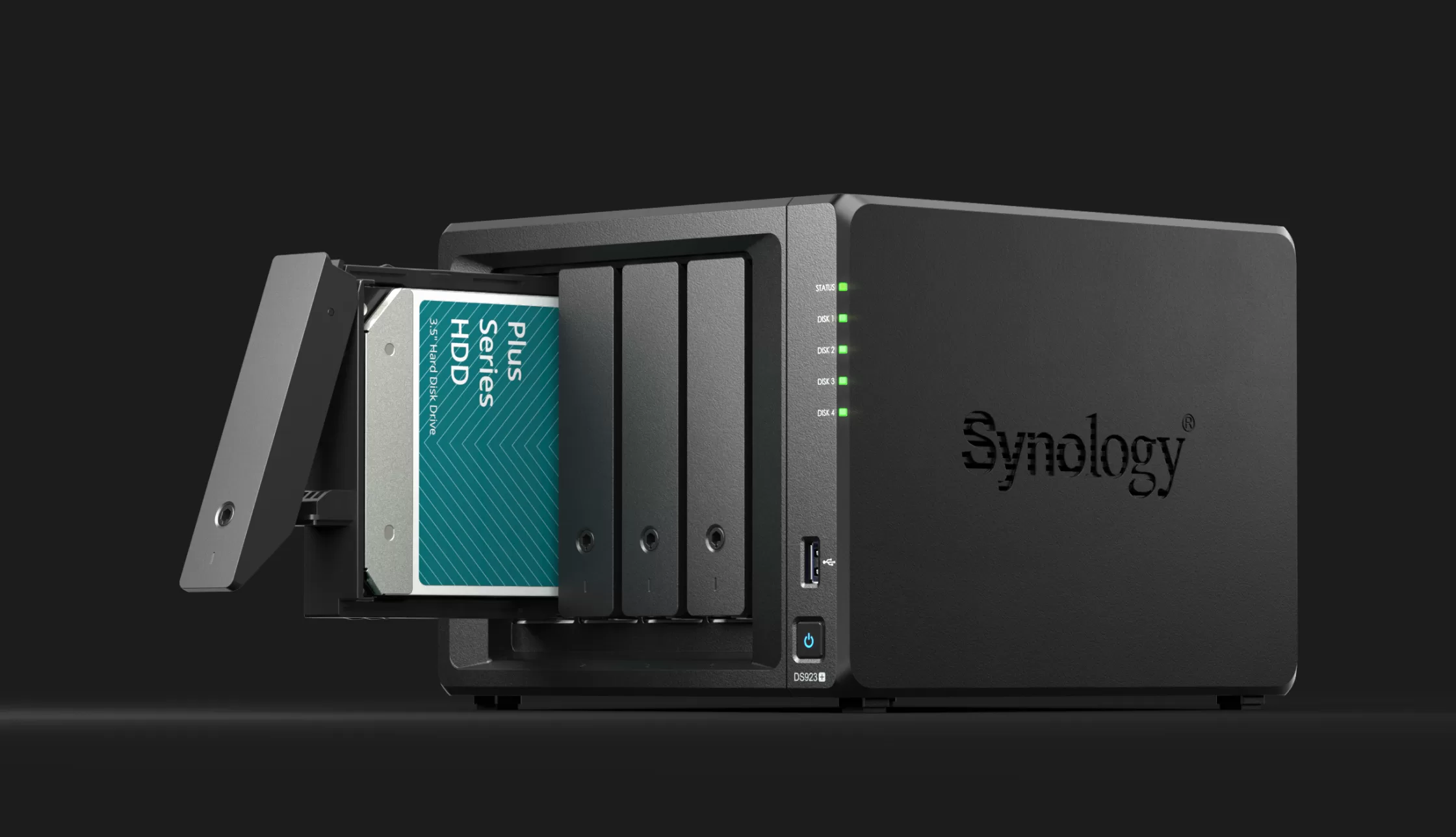

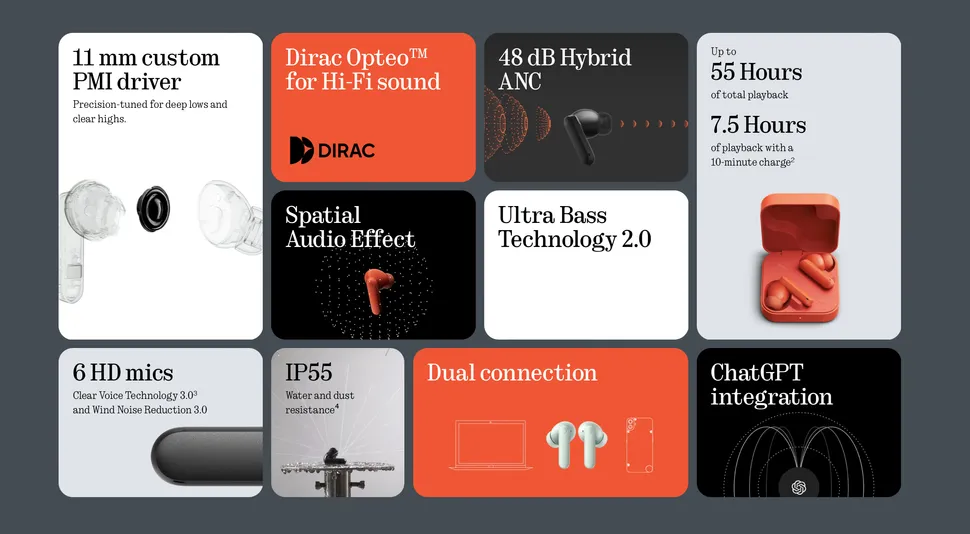
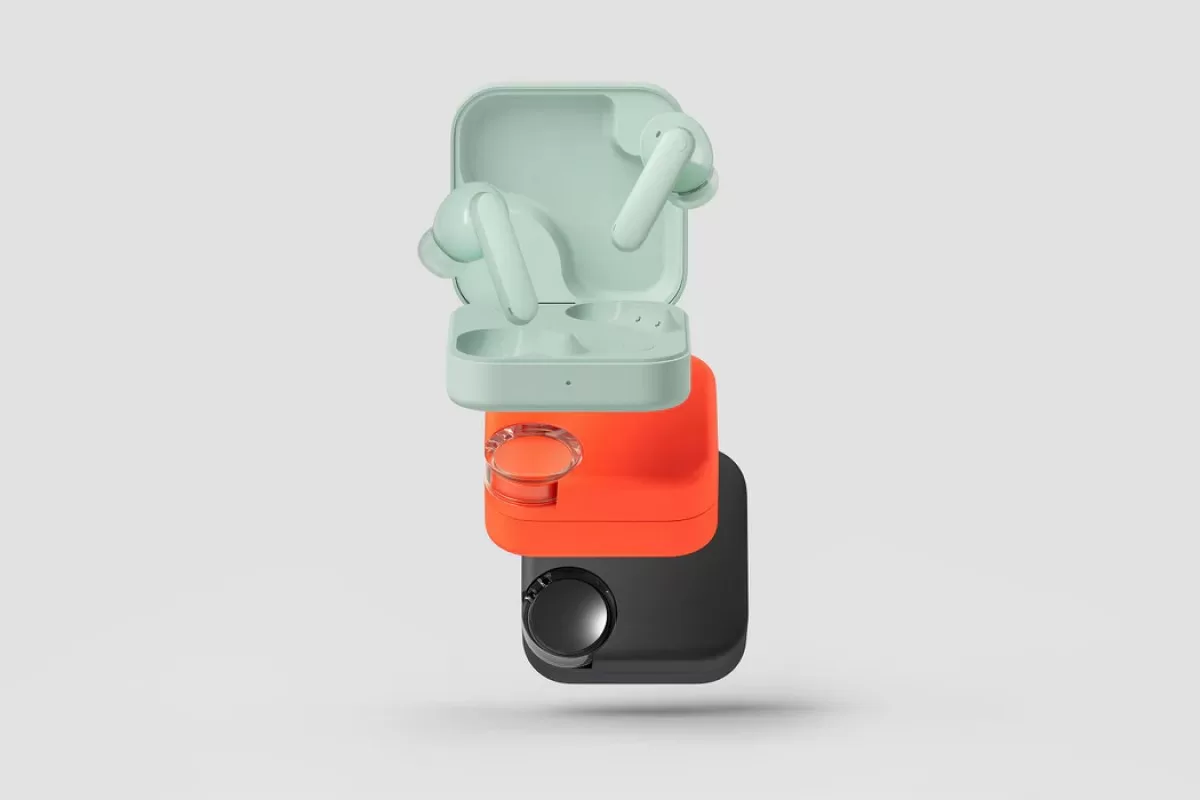
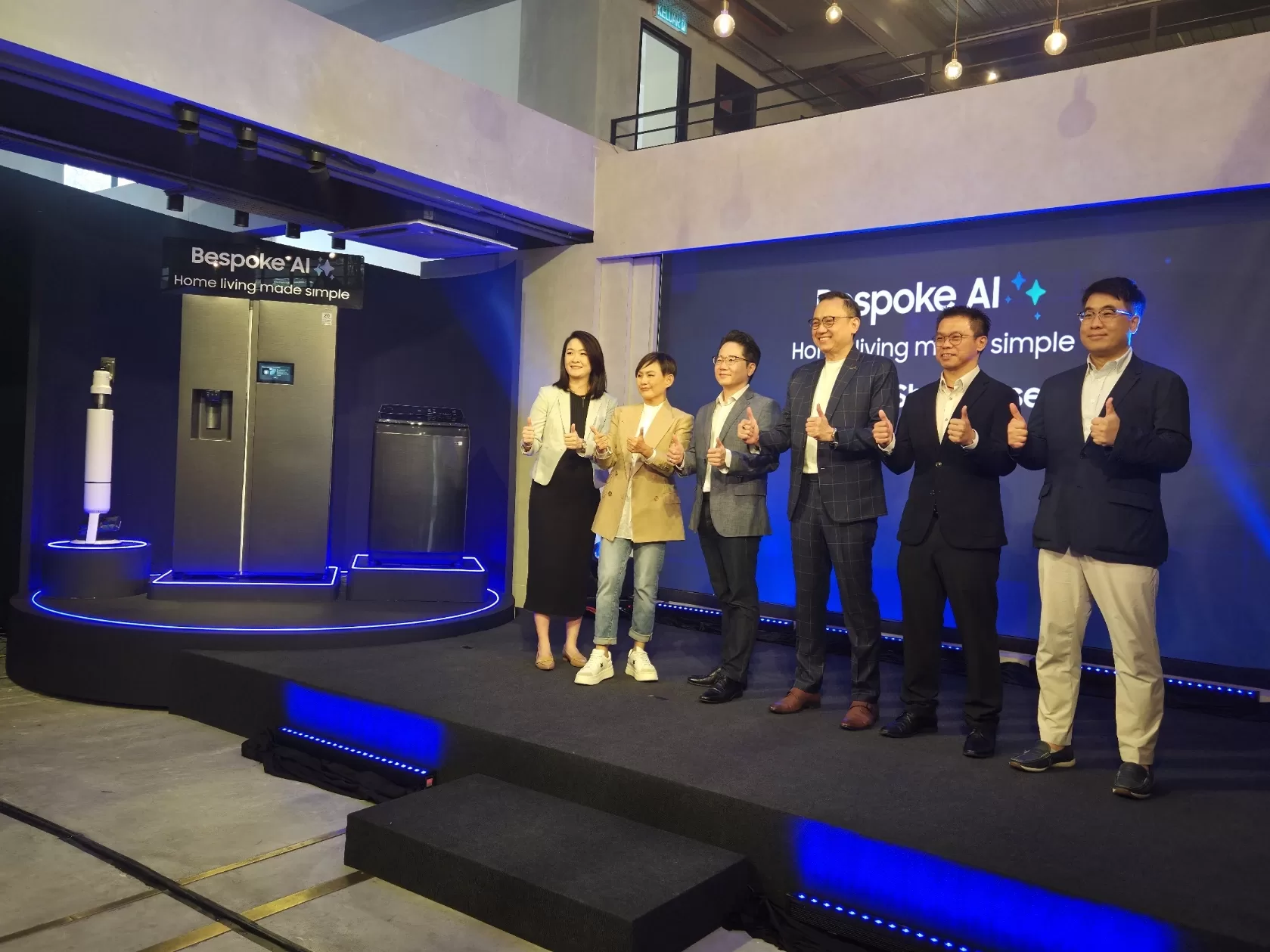
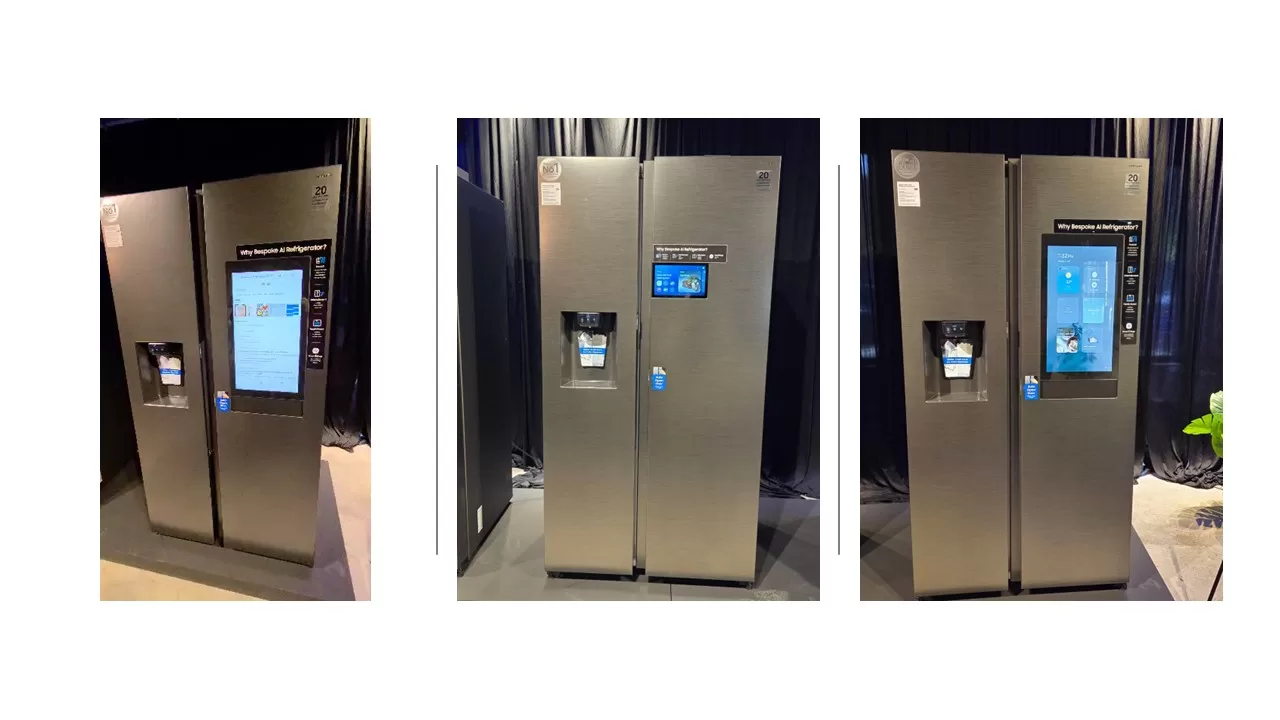 The refrigerator includes features like Auto Open Door, which uses sensors to detect when a user’s hands are full and automatically opens the door. AI Energy Mode helps reduce power consumption by up to 10%. It constantly tracks energy usage, estimates the monthly electricity bill, and provides energy-saving recommendations. The refrigerator also has a built-in UV deodoriser and filter to maintain air quality and eliminate odours.
The refrigerator includes features like Auto Open Door, which uses sensors to detect when a user’s hands are full and automatically opens the door. AI Energy Mode helps reduce power consumption by up to 10%. It constantly tracks energy usage, estimates the monthly electricity bill, and provides energy-saving recommendations. The refrigerator also has a built-in UV deodoriser and filter to maintain air quality and eliminate odours.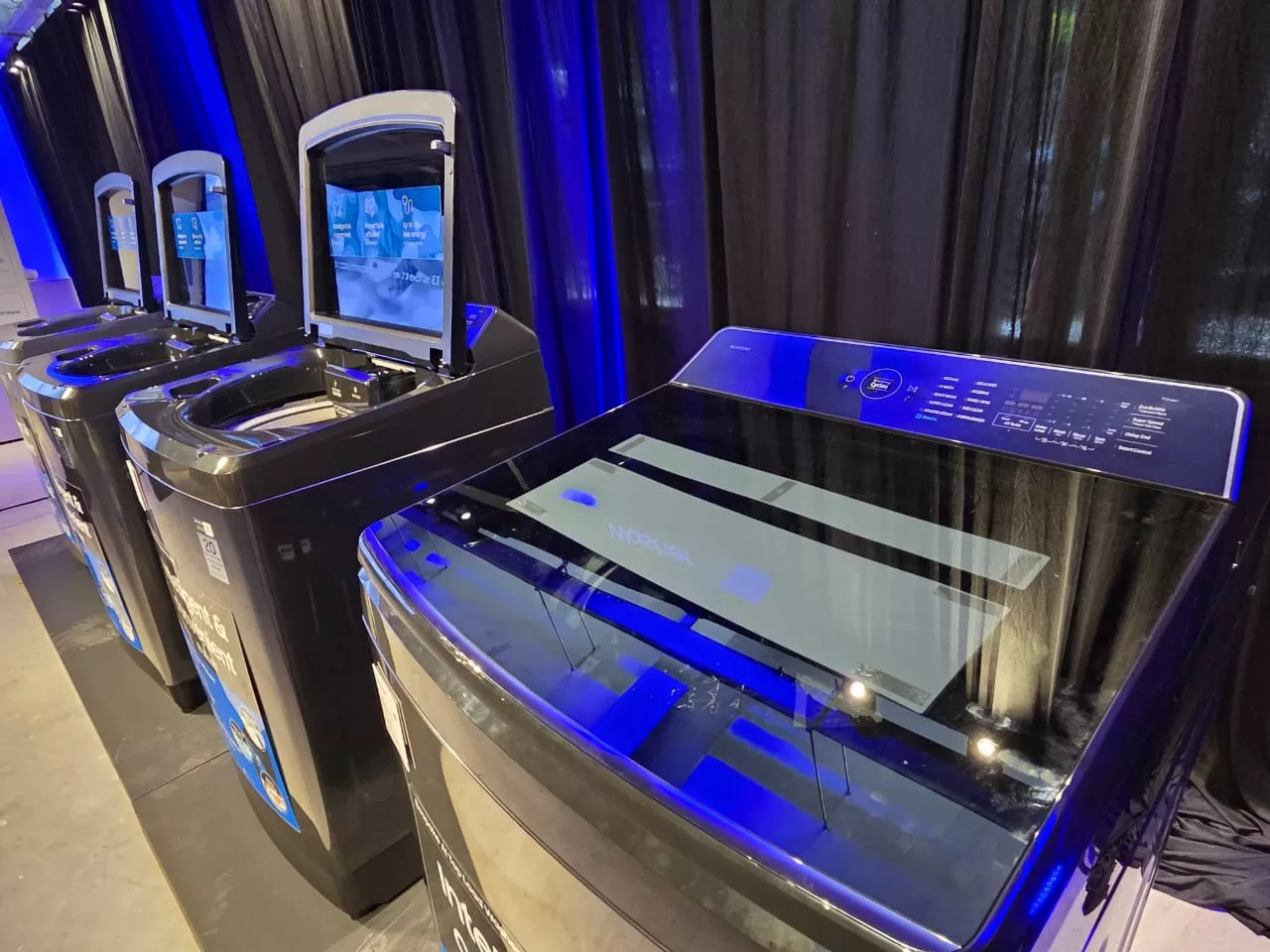 The washers also feature Ecobubble™ technology, which combines BubbleStorm™ and Dual Storm™ to improve cleaning efficiency and reduce fabric damage. The washers are compatible with SmartThings for remote monitoring and control. The Digital Inverter Motor comes with a 20-year warranty.
The washers also feature Ecobubble™ technology, which combines BubbleStorm™ and Dual Storm™ to improve cleaning efficiency and reduce fabric damage. The washers are compatible with SmartThings for remote monitoring and control. The Digital Inverter Motor comes with a 20-year warranty.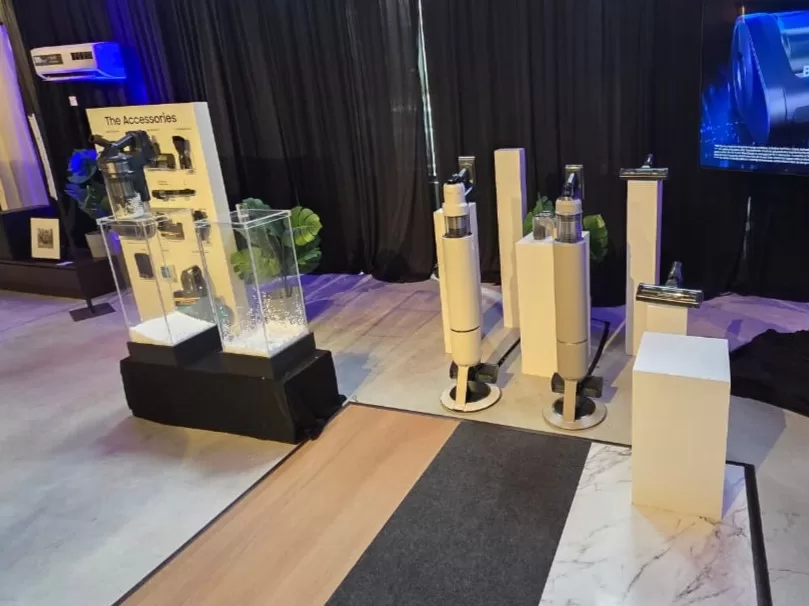 The Bespoke AI Jet Ultra includes Wi-Fi and SmartThings connectivity for remote monitoring, and an LCD screen displays alerts and battery status.
The Bespoke AI Jet Ultra includes Wi-Fi and SmartThings connectivity for remote monitoring, and an LCD screen displays alerts and battery status.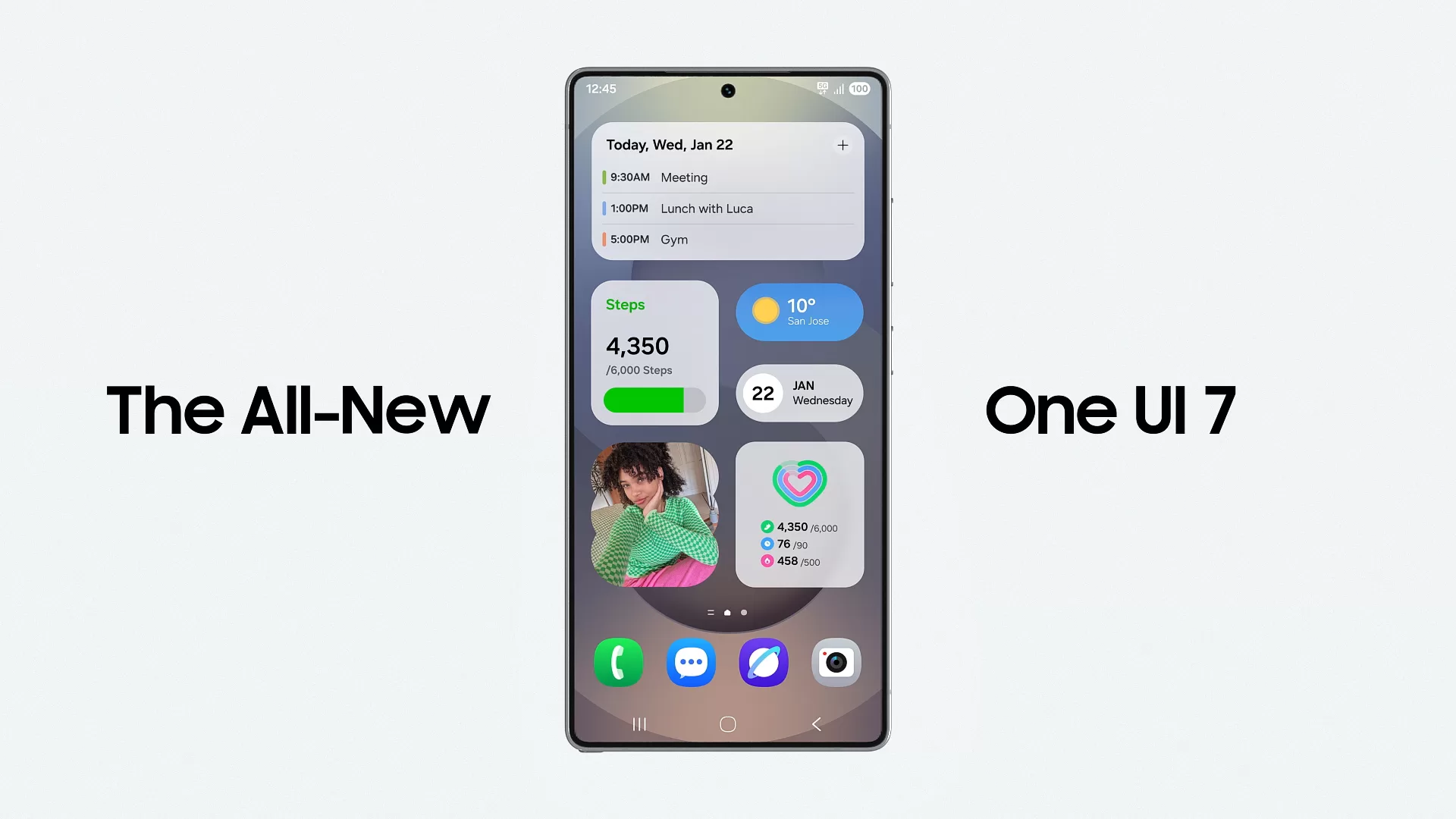
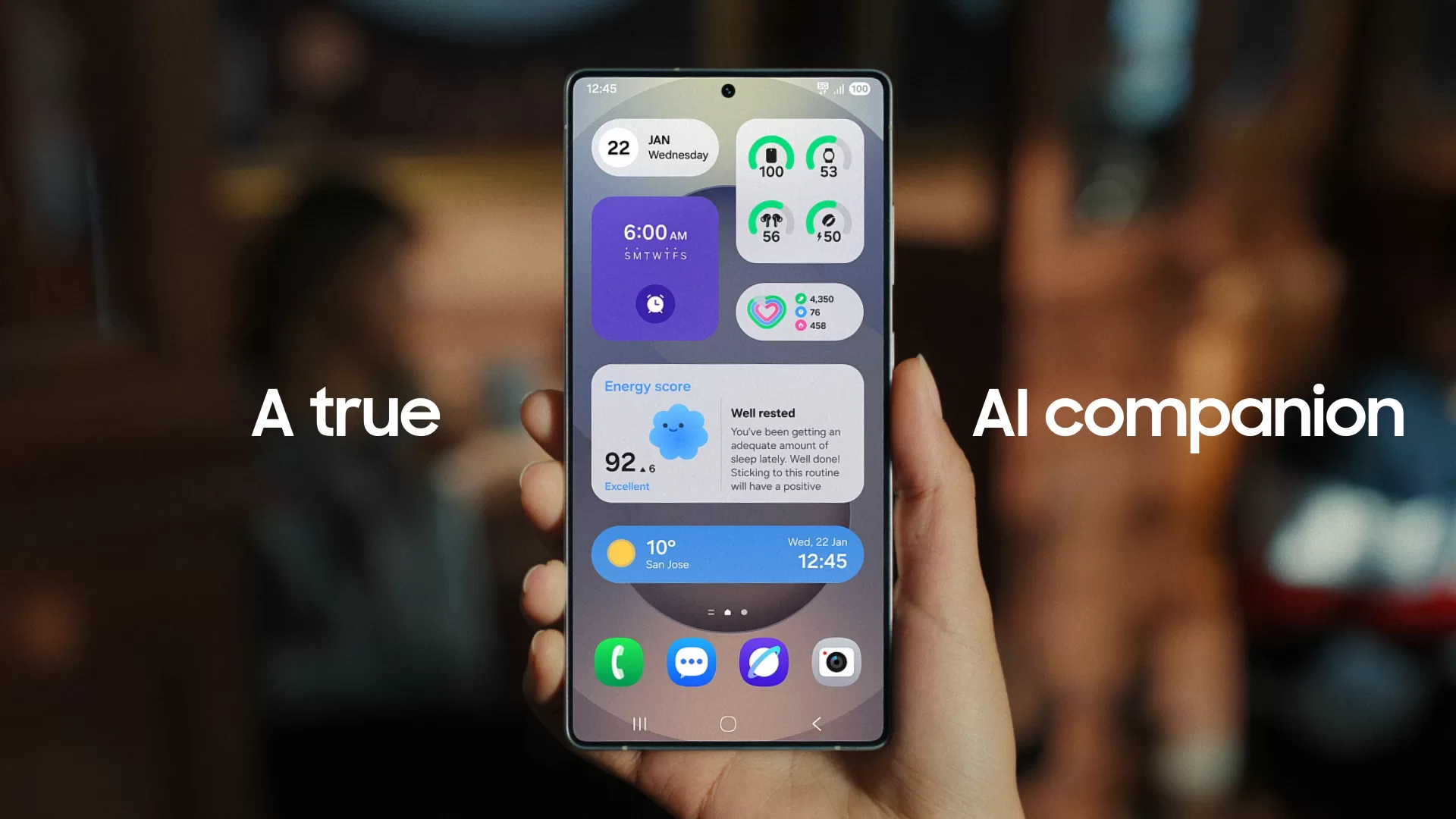
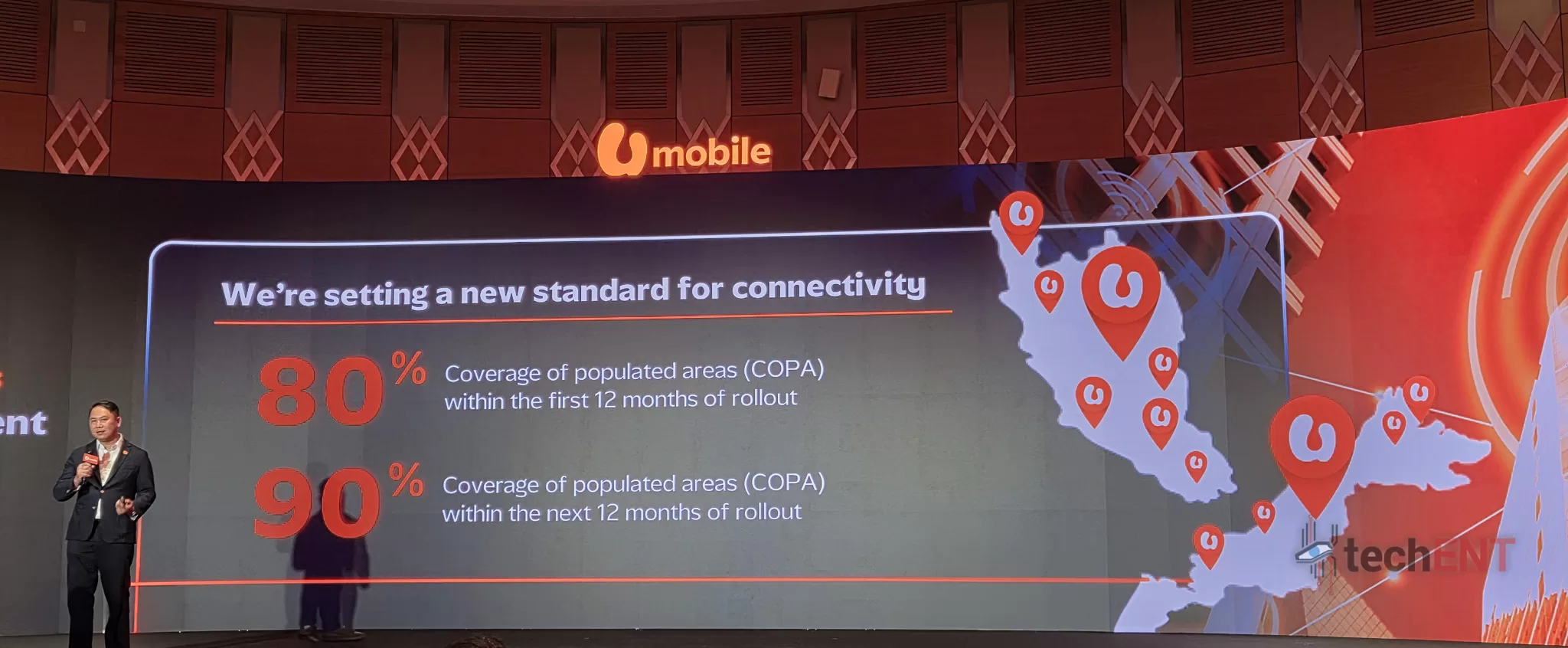
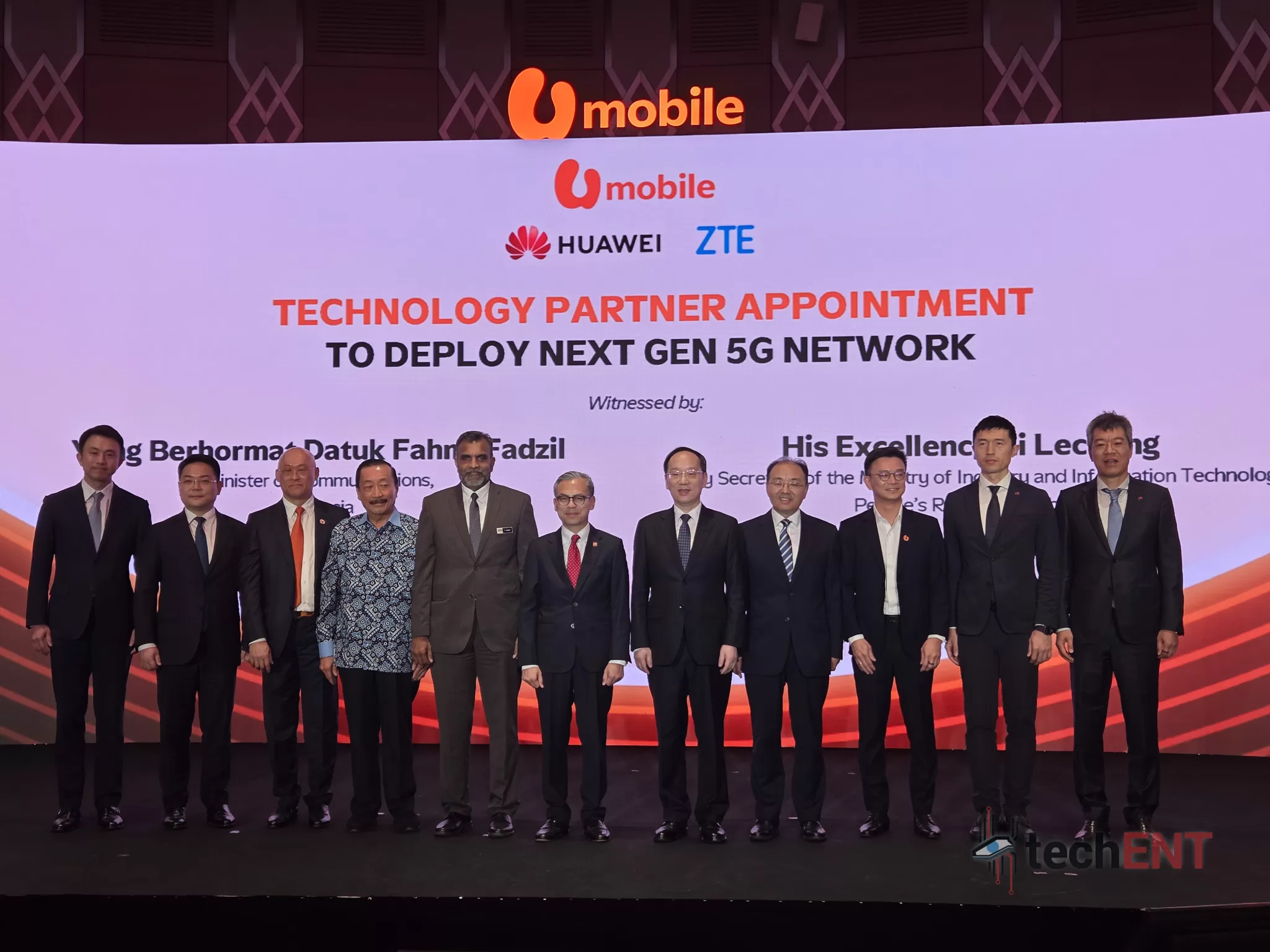
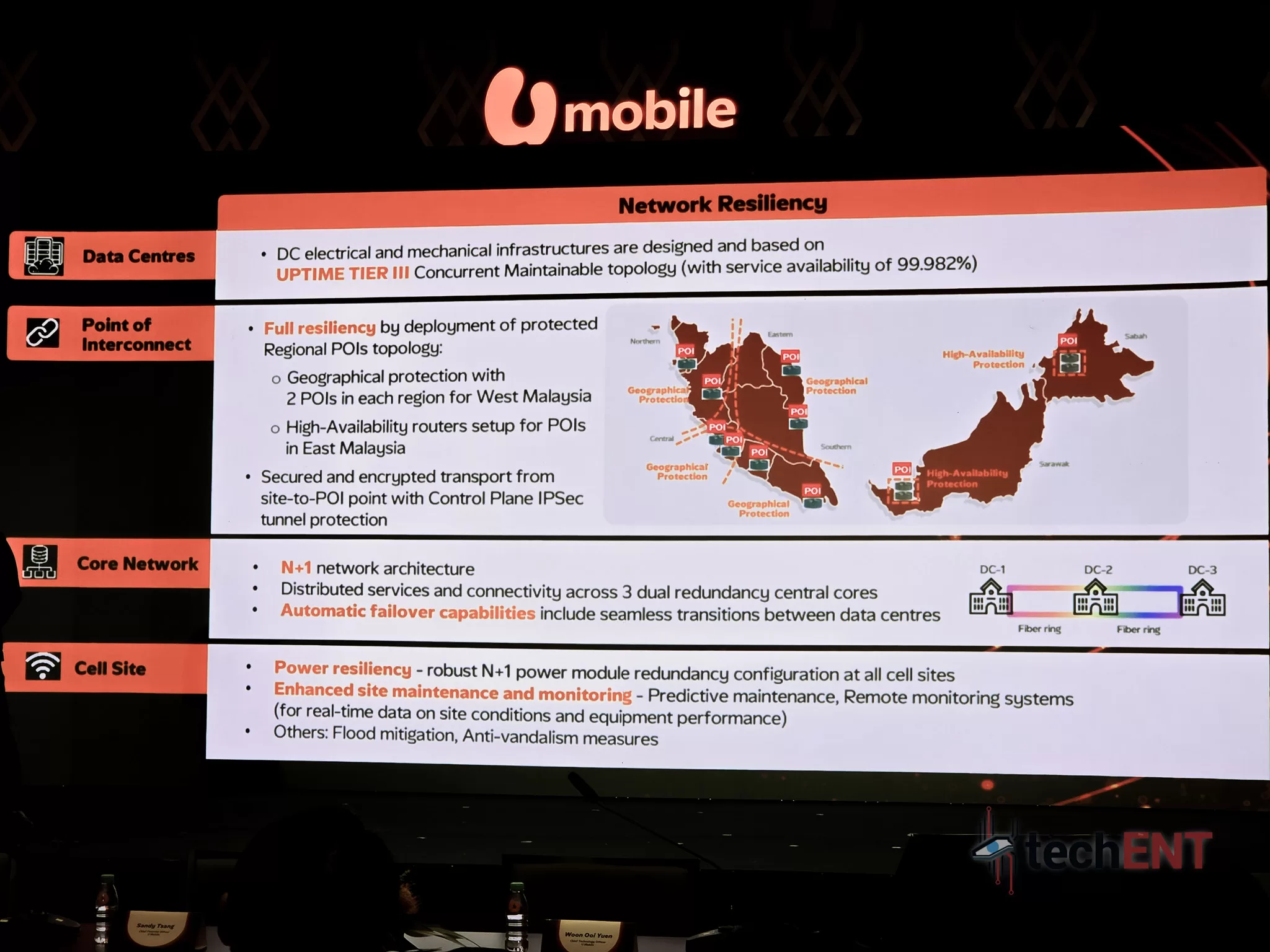
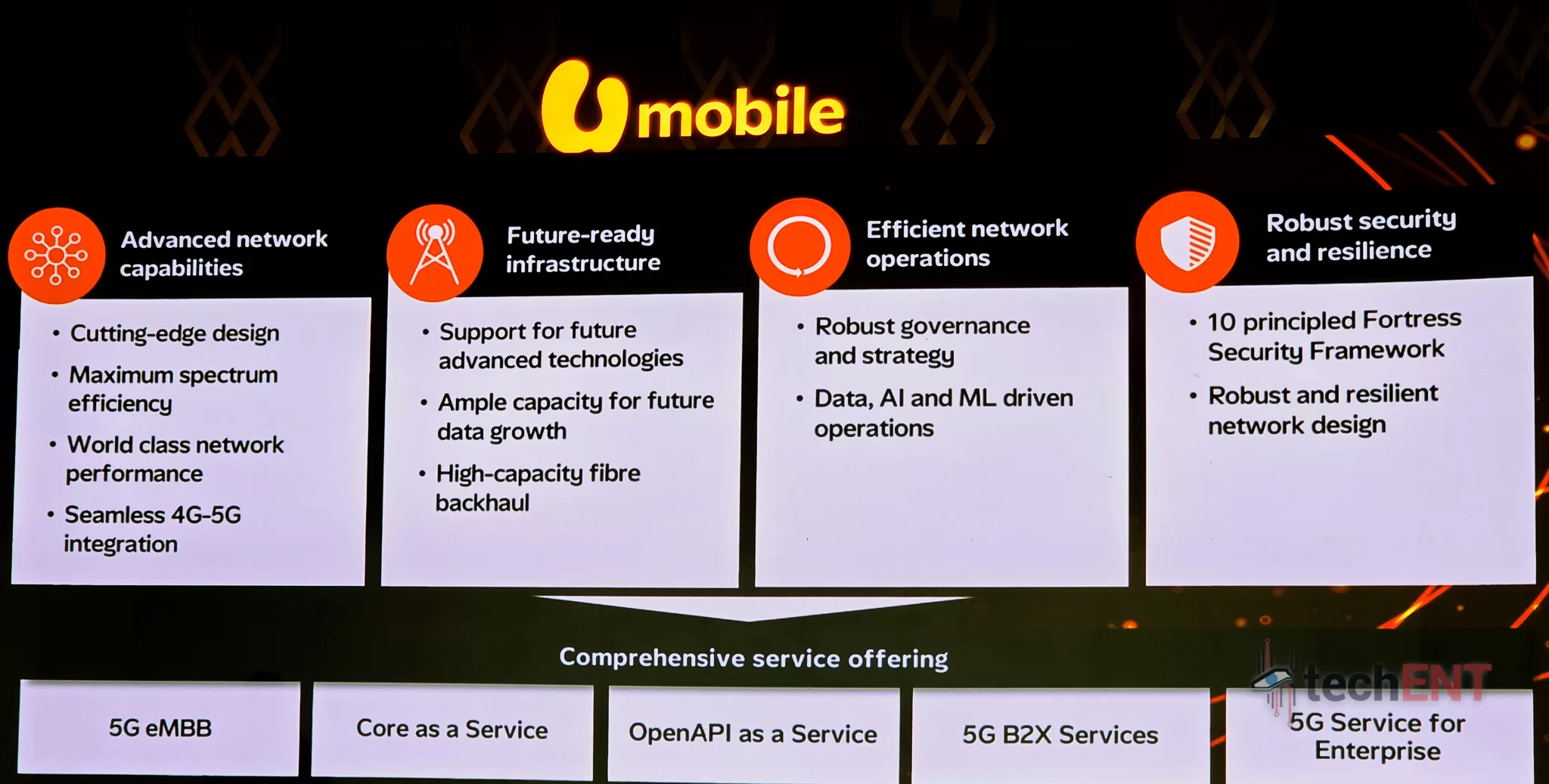

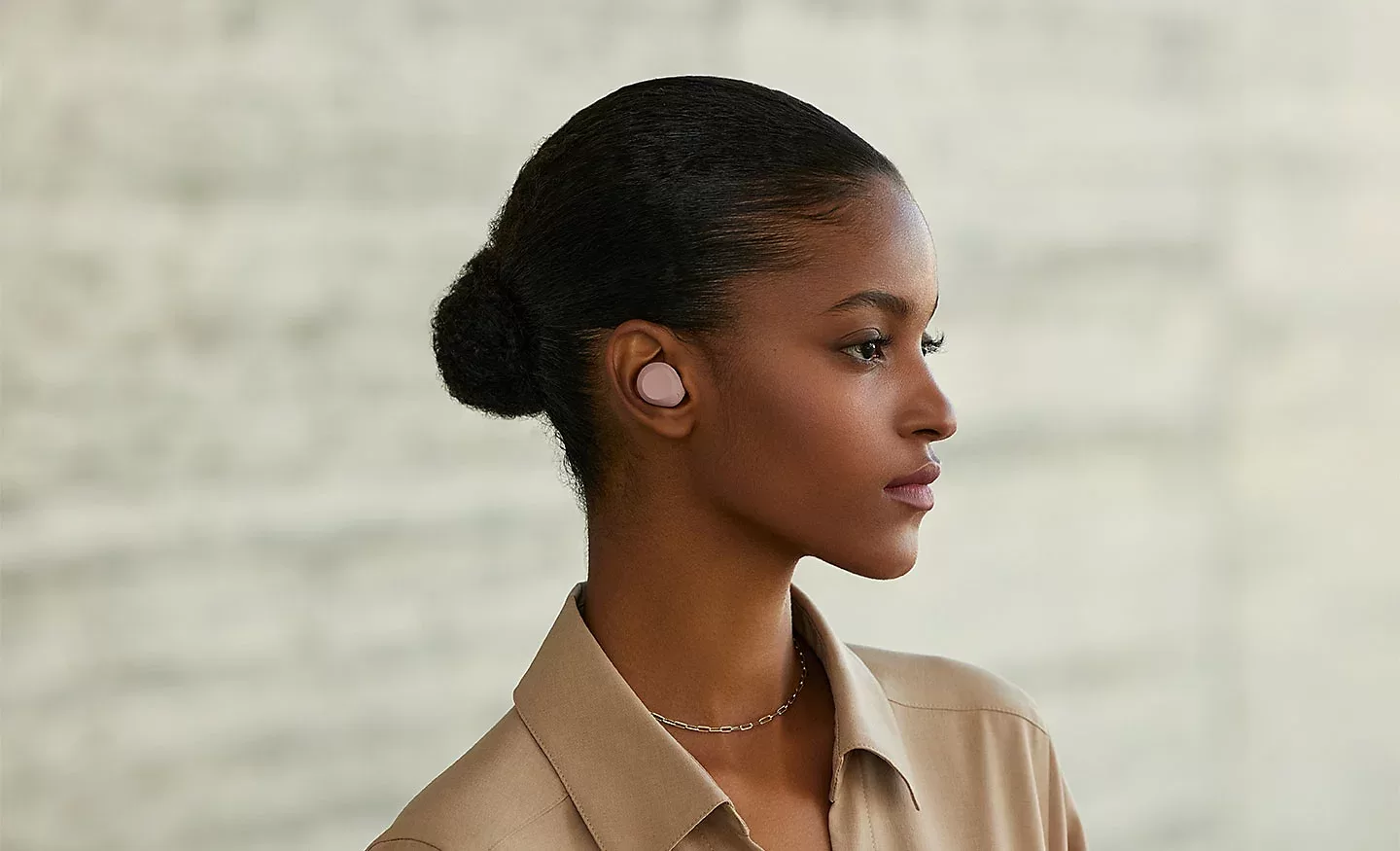
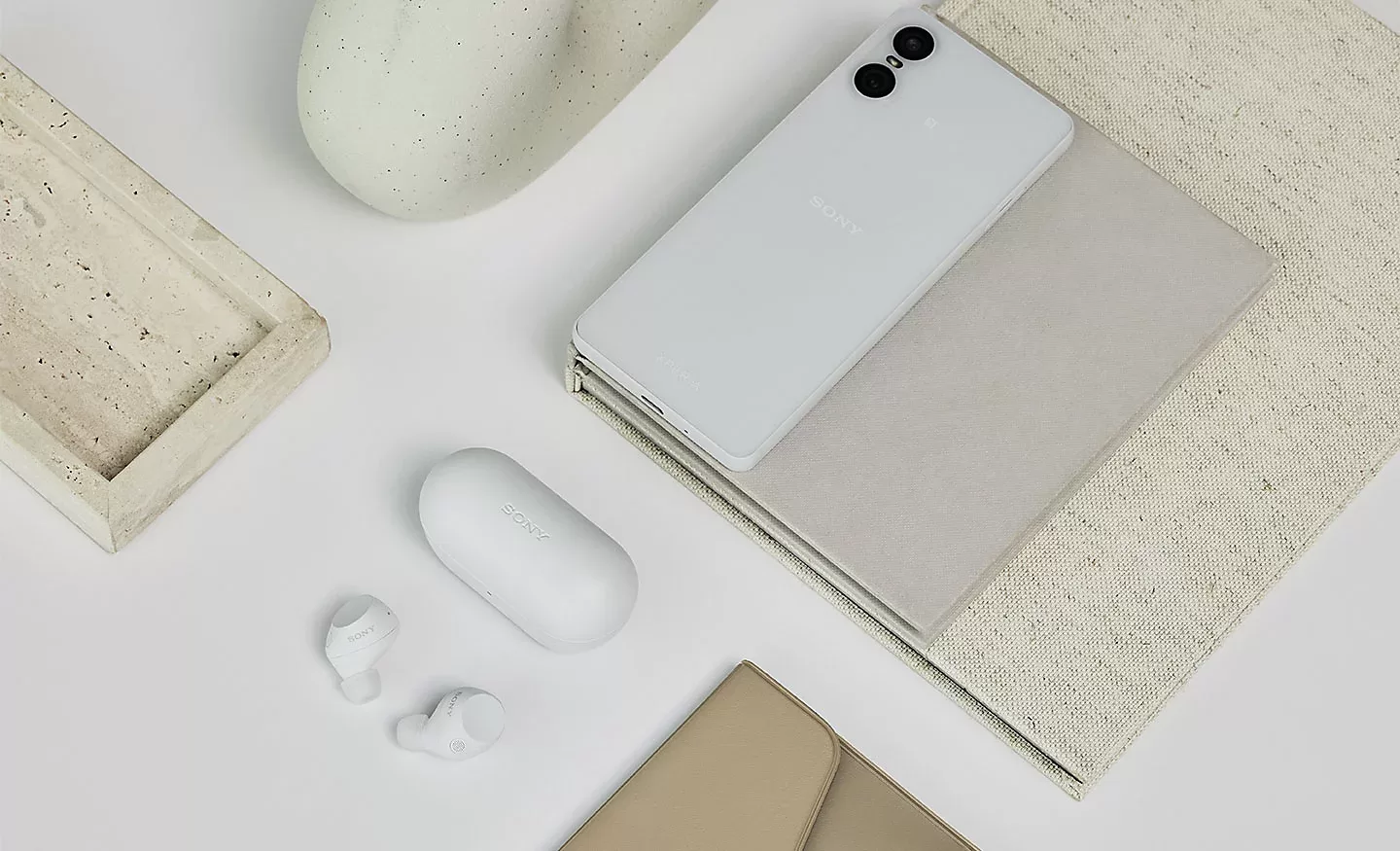
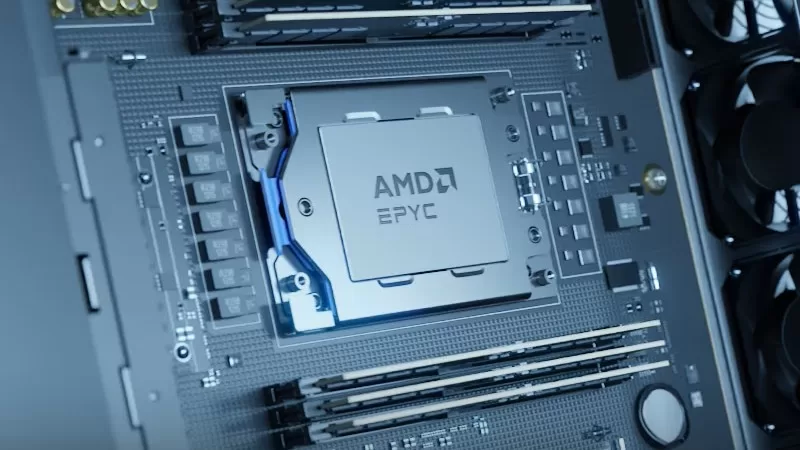

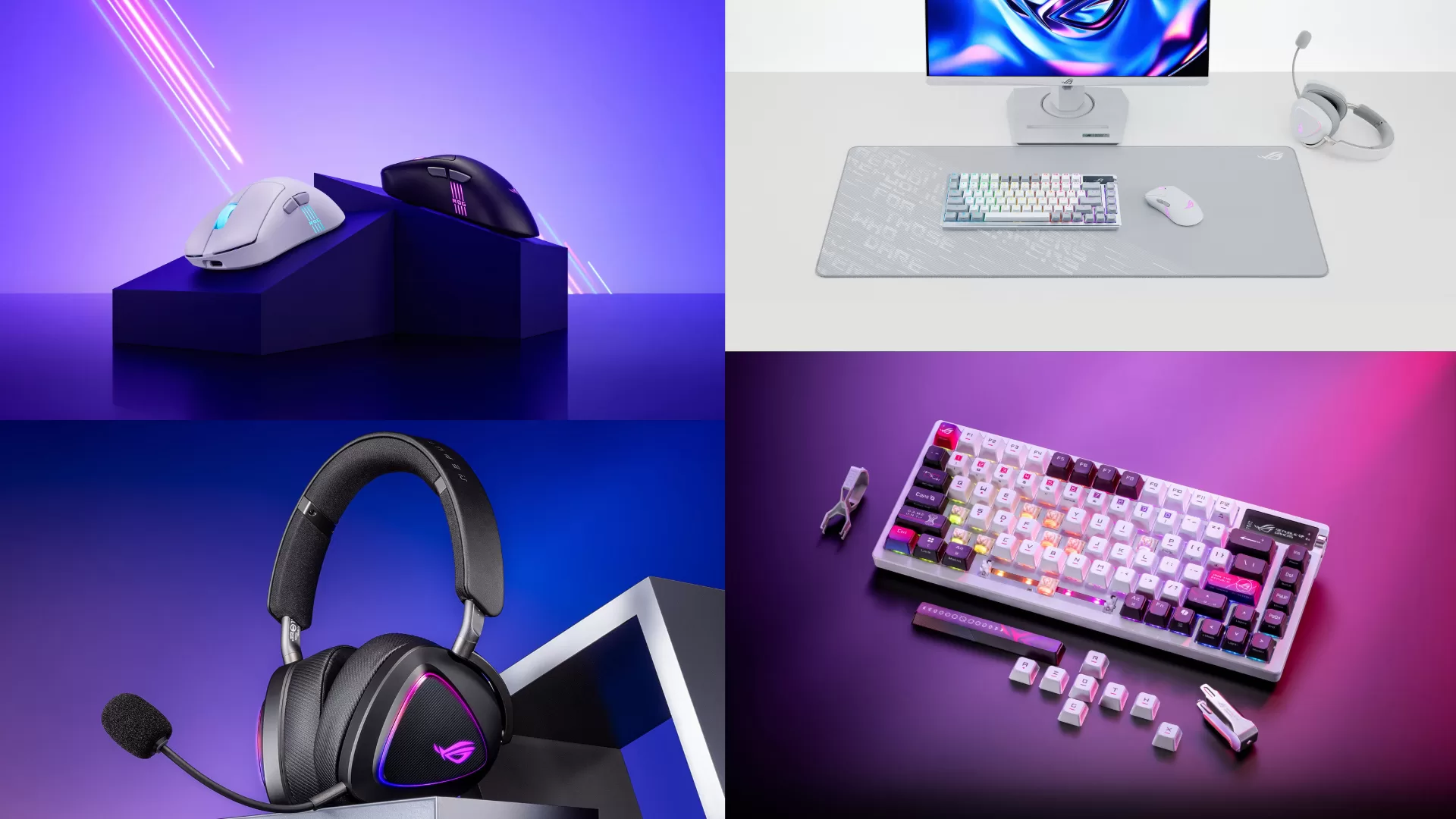
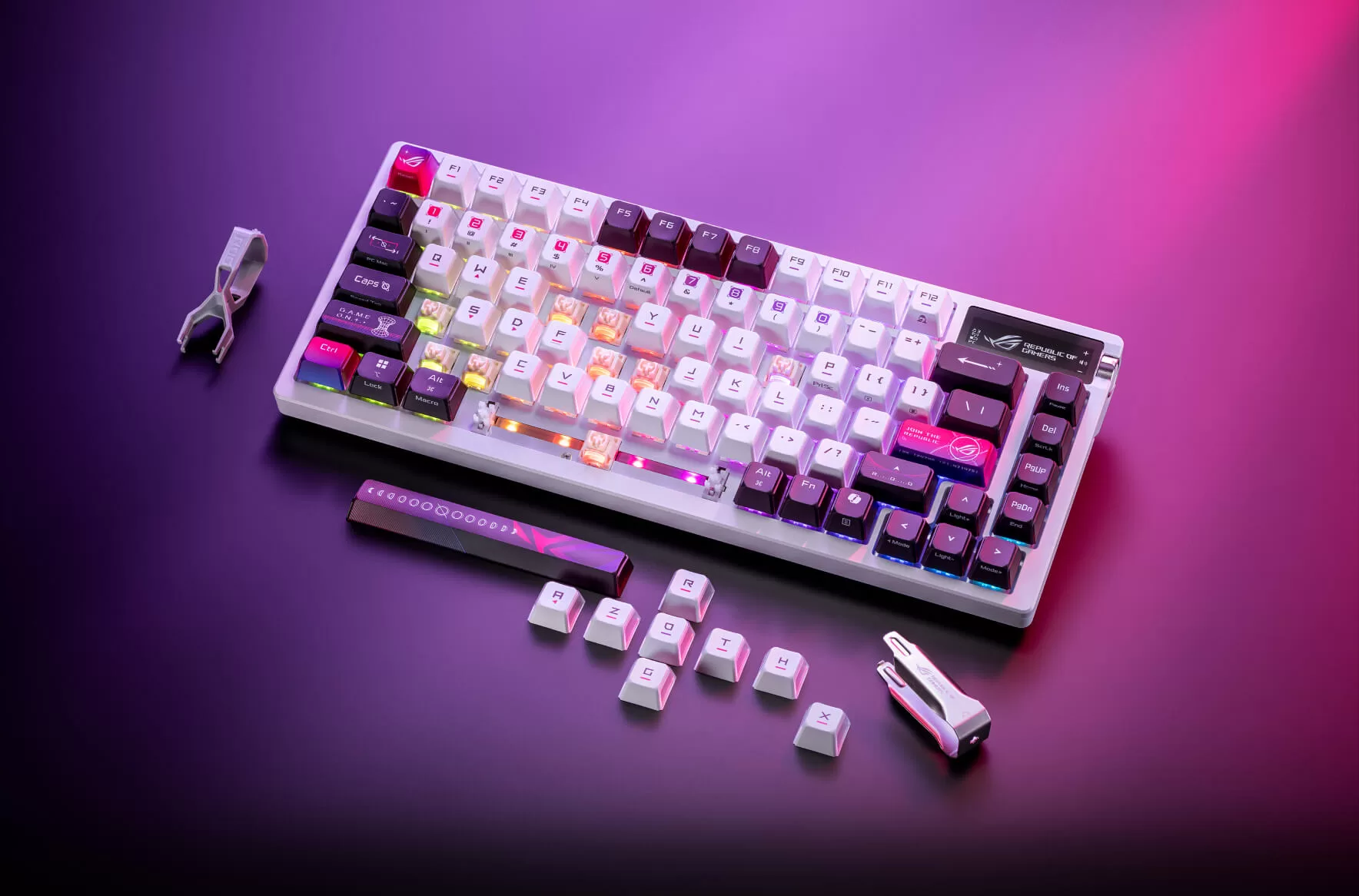
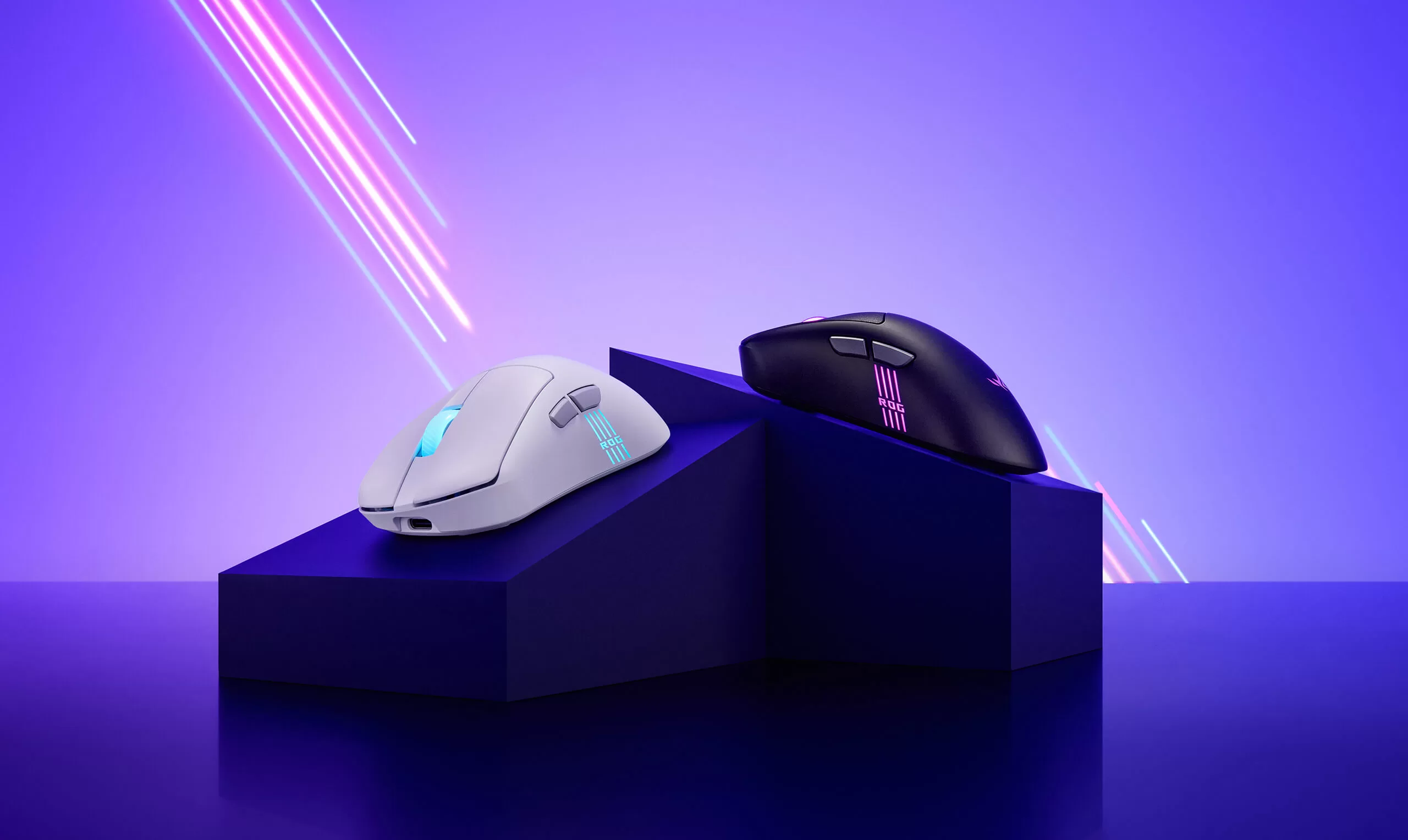
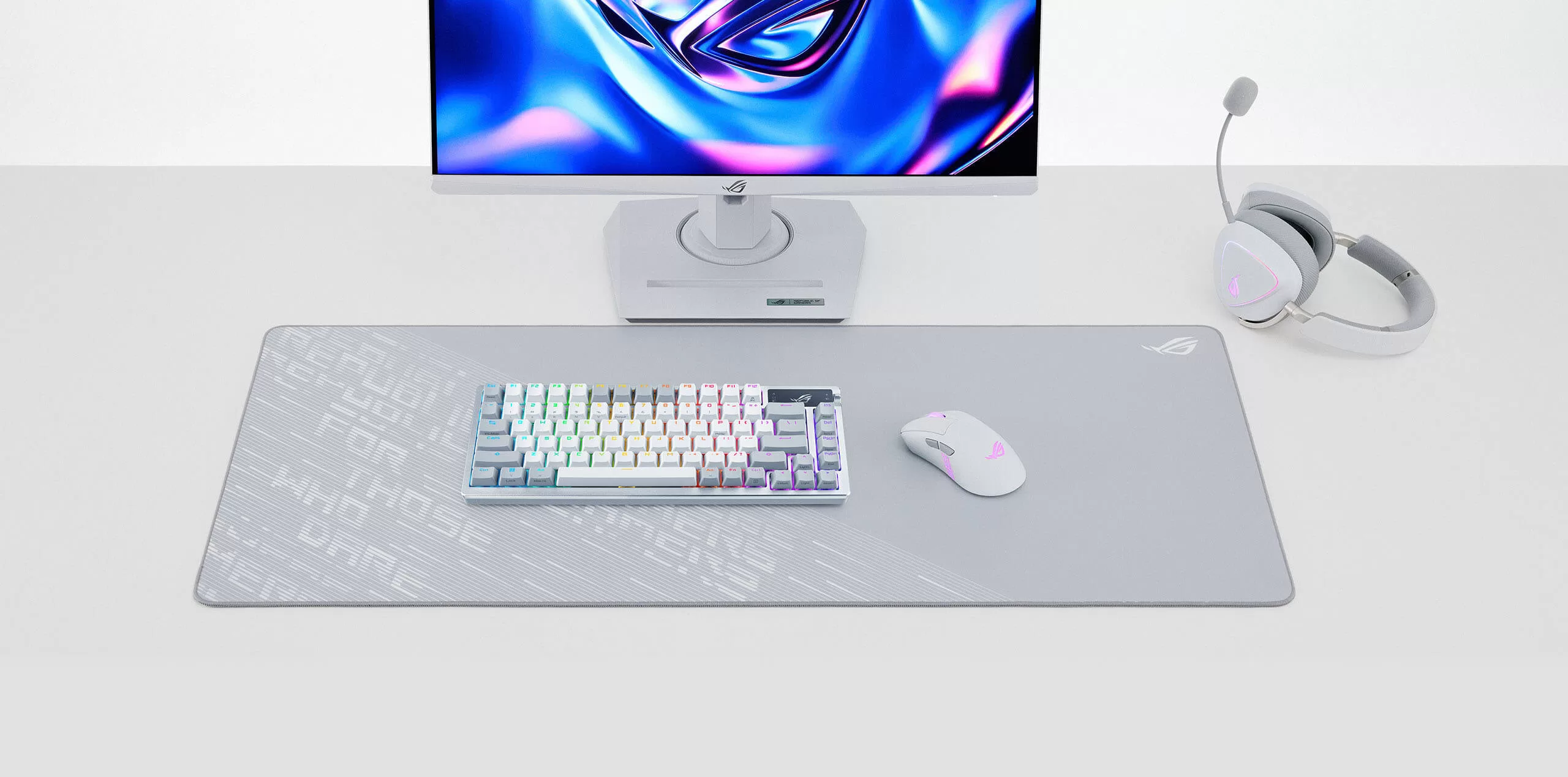
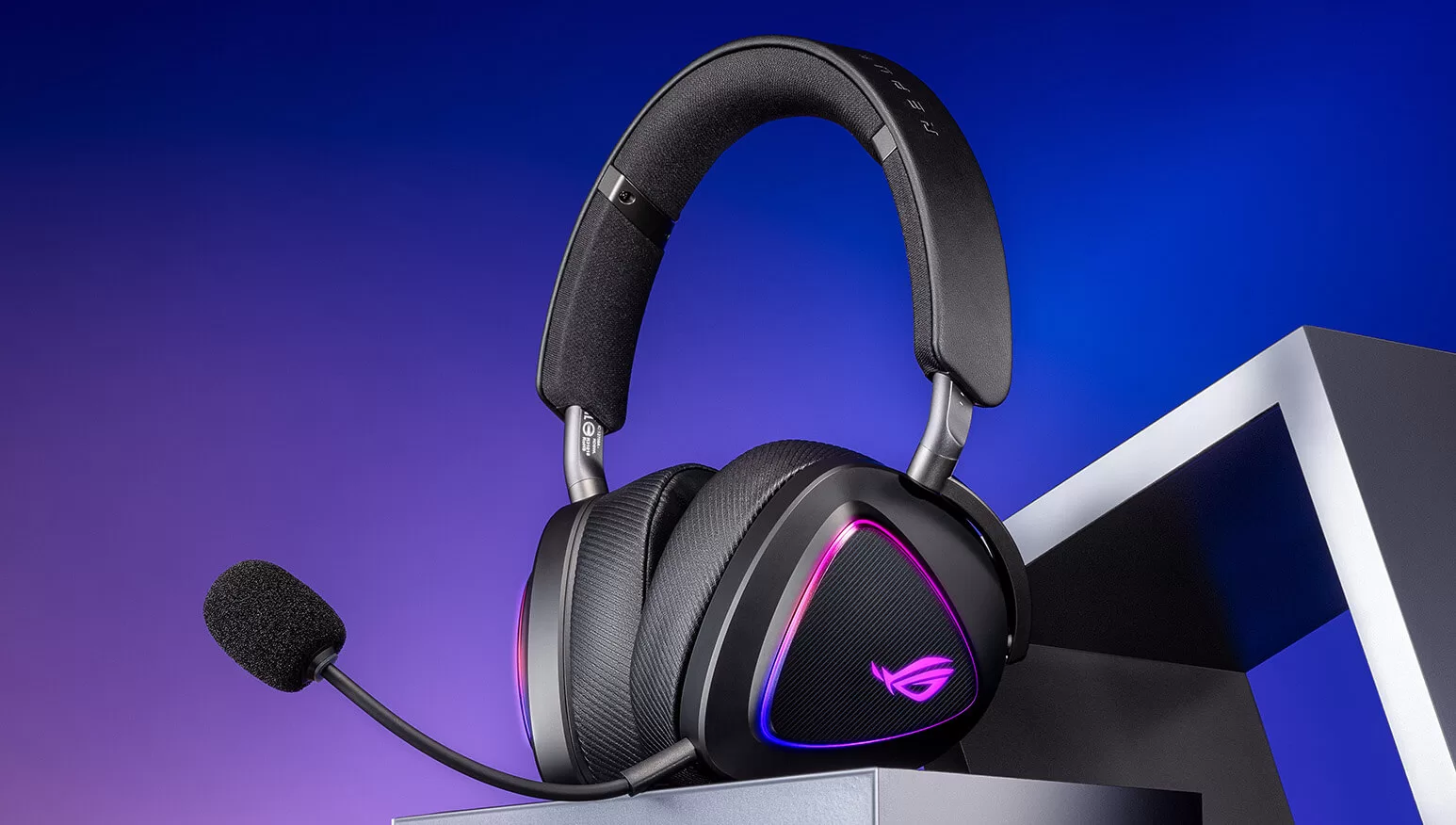

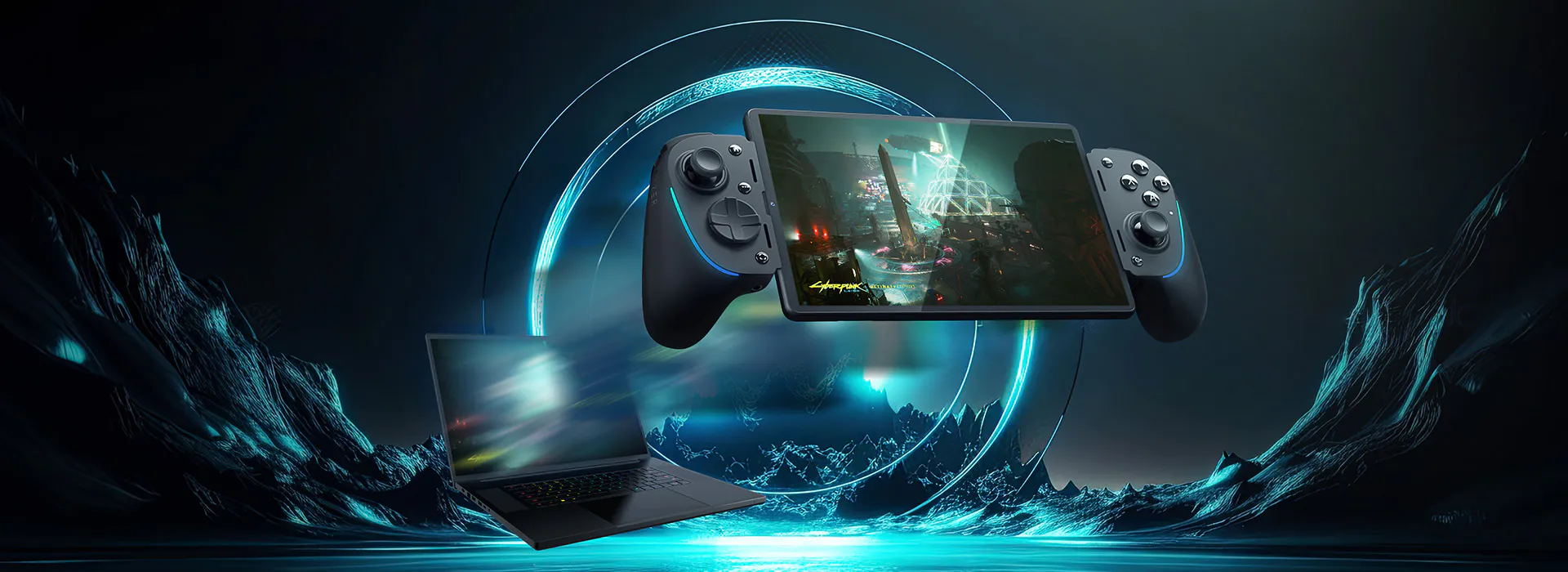 The app allows you to browse, configure, and launch your PC games directly from your mobile device using Razer Nexus. It’s designed to be an all-in-one hub where you can instantly launch your games, customize your controls, record and share your gameplay, and even keep your controller updated.
The app allows you to browse, configure, and launch your PC games directly from your mobile device using Razer Nexus. It’s designed to be an all-in-one hub where you can instantly launch your games, customize your controls, record and share your gameplay, and even keep your controller updated.